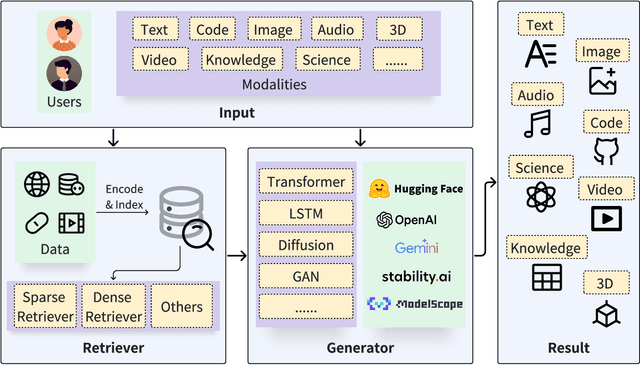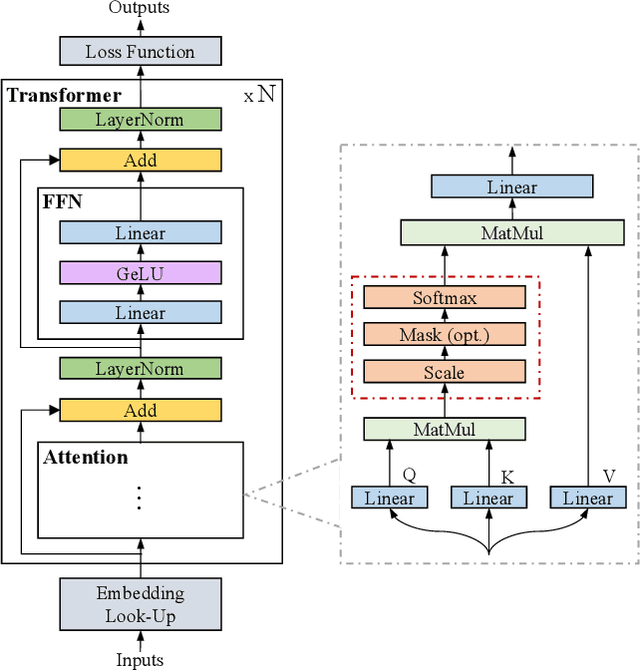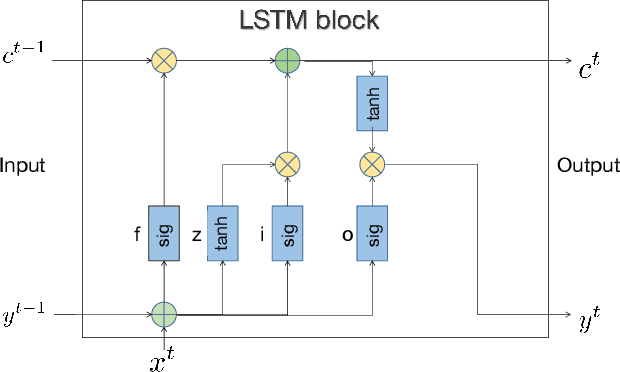Yunteng Geng
GlycanML: A Multi-Task and Multi-Structure Benchmark for Glycan Machine Learning
May 25, 2024



Abstract:Glycans are basic biomolecules and perform essential functions within living organisms. The rapid increase of functional glycan data provides a good opportunity for machine learning solutions to glycan understanding. However, there still lacks a standard machine learning benchmark for glycan function prediction. In this work, we fill this blank by building a comprehensive benchmark for Glycan Machine Learning (GlycanML). The GlycanML benchmark consists of diverse types of tasks including glycan taxonomy prediction, glycan immunogenicity prediction, glycosylation type prediction, and protein-glycan interaction prediction. Glycans can be represented by both sequences and graphs in GlycanML, which enables us to extensively evaluate sequence-based models and graph neural networks (GNNs) on benchmark tasks. Furthermore, by concurrently performing eight glycan taxonomy prediction tasks, we introduce the GlycanML-MTL testbed for multi-task learning (MTL) algorithms. Experimental results show the superiority of modeling glycans with multi-relational GNNs, and suitable MTL methods can further boost model performance. We provide all datasets and source codes at https://github.com/GlycanML/GlycanML and maintain a leaderboard at https://GlycanML.github.io/project
Retrieval-Augmented Generation for AI-Generated Content: A Survey
Feb 29, 2024



Abstract:The development of Artificial Intelligence Generated Content (AIGC) has been facilitated by advancements in model algorithms, scalable foundation model architectures, and the availability of ample high-quality datasets. While AIGC has achieved remarkable performance, it still faces challenges, such as the difficulty of maintaining up-to-date and long-tail knowledge, the risk of data leakage, and the high costs associated with training and inference. Retrieval-Augmented Generation (RAG) has recently emerged as a paradigm to address such challenges. In particular, RAG introduces the information retrieval process, which enhances AIGC results by retrieving relevant objects from available data stores, leading to greater accuracy and robustness. In this paper, we comprehensively review existing efforts that integrate RAG technique into AIGC scenarios. We first classify RAG foundations according to how the retriever augments the generator. We distill the fundamental abstractions of the augmentation methodologies for various retrievers and generators. This unified perspective encompasses all RAG scenarios, illuminating advancements and pivotal technologies that help with potential future progress. We also summarize additional enhancements methods for RAG, facilitating effective engineering and implementation of RAG systems. Then from another view, we survey on practical applications of RAG across different modalities and tasks, offering valuable references for researchers and practitioners. Furthermore, we introduce the benchmarks for RAG, discuss the limitations of current RAG systems, and suggest potential directions for future research. Project: https://github.com/hymie122/RAG-Survey
 Add to Chrome
Add to Chrome Add to Firefox
Add to Firefox Add to Edge
Add to Edge